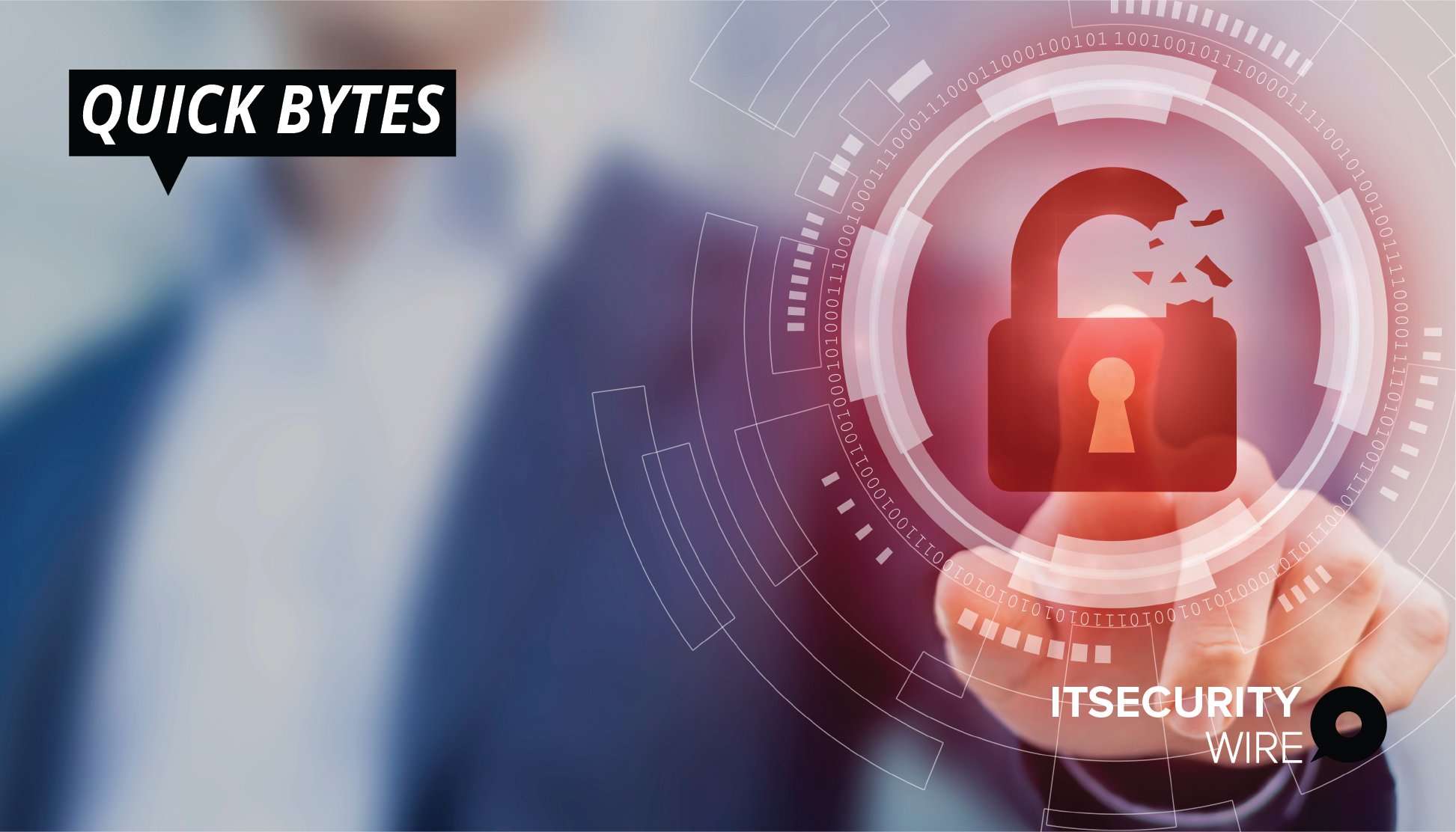A brief scan of the global news reveals a new breach, DDoS, ransomware, or bot attack almost every day. For those on the dark side, selling hacking tools and orchestrating these attacks has become a lucrative business plan. Much of the increasing attack success can be ascribed to how cybercriminals and threat actors have industrialized their toolkits in order to stay one step ahead of defenses and off radar.
As defenses improve, attackers have discovered a means to stay one step ahead of their targets at all times. Threat actors, like sappers infiltrating enemy lines to attack and damage critical infrastructure, know how to dodge tripwires and stay below the detection threshold while launching an attack. Low-and-slow attacks are now the norm, and cybercriminals are more productive and successful than they have ever been.
To fight these efforts, businesses must gain a deeper grasp of the new attacker toolbox and implement solutions that take a more holistic approach to security.
Also Read: Top 3 Security and Compliance Mistakes Enterprises Make
The use of a blended attack approach is proven to be effective
Modern attacks share a similar thread: attackers are increasingly depending on a blended approach of tools and techniques that traditional or point perimeter defenses don’t notice right away – or easily. Here are a few examples of possible blended attacks:
Attack patterns that are militarized
Companies in the same vertical (for example, credit unions) are vulnerable to being targeted by a single APT. In this case, attackers will profile one credit union and then use that information to target other credit unions that utilize a similar technology stack. Because so many companies use the same software, they are all vulnerable to the same flaws.
Low and slow
Attackers employ a long-term strategy. They know how much pressure a tripwire can withstand before it trips. Attackers frequently spend time exploring around the edges of an organization to determine what the thresholds are. They will metre their attack in the second phase to come in under that threshold and go after high-profile assets.
Misdirection
In DDoS and ransomware attacks, this is becoming more common. Attackers use a DDoS attack to divert the attention of an organization’s security staff before launching the “real” attack against other assets.
One of the reasons these approaches typically work is that these blended, mixed mode attacks are tough for companies to detect. While attempting to proactively shore up their security, enterprises feel as if they are playing a never-ending game of whack-a-mole.
Also Read: Addressing the Gap: Shifting to Ubiquitous Data Security
The fact that many enterprises depend on point products and outdated defense strategies that focus on preventing a specific form of an automated attack makes things even worse. These tools were designed to achieve one thing and are no longer adequate. Organizations need to adopt a new strategy or face the repercussions of outdated defense strategies.
A new era of threats necessitates new solutions
Organizations should take a step back to get a wide-angle picture of their cyber-threat defenses in order to protect themselves. Defenses that only stop or alert one method will leave businesses exposed to others. Security teams can monitor and stop suspicious behaviour and build a more holistic defense by understanding the context of attacks.
Moreover, it is crucial to take an attacker-centric strategy for defense. This shift in mindset is proactive rather than reactive, ensuring that attackers are identified and tracked, even if their IP or identifying traits change. This technique enables adaptive enforcement and response in which attackers, both human and non-human, are routinely confronted d in order to learn their intentions. Blocking entities, mitigating, interrogating or tarpitting questionable traffic are all examples of these actions.
The good news is that, as cyber-threats have become more sophisticated, so have cybersecurity defenses. It is critical that organisations select defense strategies that address the difficulties they confront today.
For more such updates follow us on Google News ITsecuritywire News









